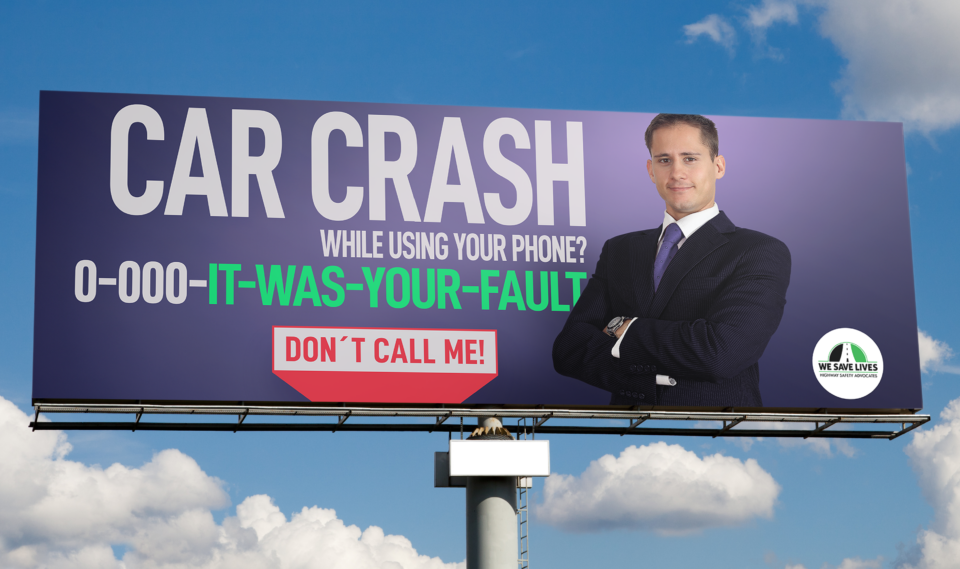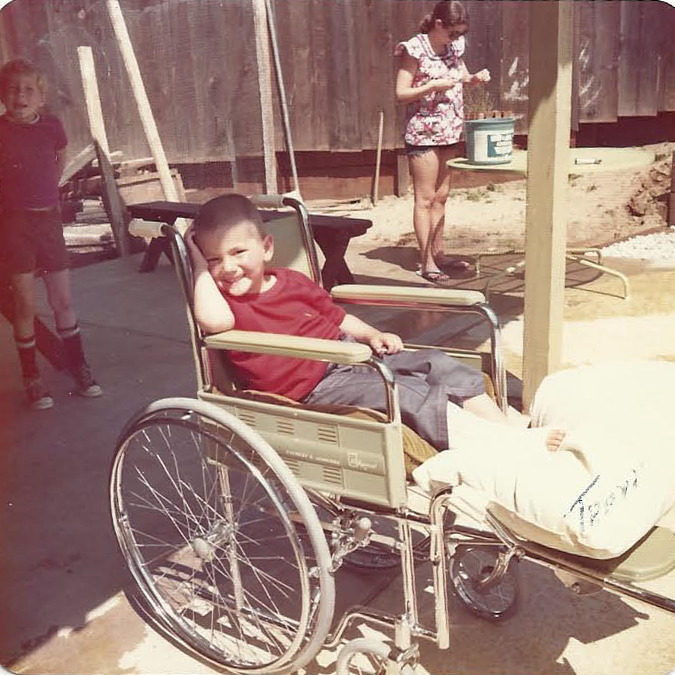- WE SAVE LIVES
- info@wesavelives.org
THE LIGHT AT THE END OF THE TUNNEL: MYTH OR REALITY?
THE PARENT’S SUPERVISED DRIVING PROGRAM
September 19, 2015WE NEED MORE JUDGES LIKE JUDGE LOO
September 19, 2015THE LIGHT AT THE END OF THE TUNNEL: MYTH OR REALITY?
As we approach the holiday season, it can be a time of joy, or for those of us whose loved ones have been killed, it can be a time of renewed grieving and pain. Our partner and good friend, Ken Druck has written a beautiful article that we wanted to share with you during this special time of the year. Because We Care . . .
by Dr. Ken Druck
Those who have endured the “Dark Night of The Soul” hold onto strands of hope. In the deepest, darkest moments of despair, we dare to hope and pray for an hour or a day free of the choiceless sorrow, outrage and overwhelming grief that accompanies the death of a child.
We’re reassured by others, of course, that there’s “light at the end of the tunnel,” “time heals all wounds” and we will “rise from the ashes.” This is good news. We want to believe that life will somehow go on and say, “OK, I’m on board!” And forge ahead bravely in search of the light.
But what does this really mean? What is a light? A real light, not an artificial one? What is a tunnel — a real tunnel? And where is it? How long will it take to get to the light and what are we supposed to do in the meanwhile? The inquiring minds and broken hearts of bereaved parents want to know, “Do we ever really heal? Feel joy again? See beauty? Open our hearts to love again? Or, is it possible to make peace with life itself? Is there real cause for hope? If there is, how can we cultivate it when all we feel is pain?”
Skeptics of “the light” claim, “There is no light. It’s a lie. We never get over the death of our child. We’re screwed!” To fight off the debilitating despair, they say, we brainwash ourselves into believing we can be whole again, even if our hearts are broken. The light, they believe, is nothing more than a collective myth. The tunnel, a mirage. We drink the Kool-Aid and survive by dumbing and numbing ourselves down, telling each other fairy tales and convincing others we’re “back” when we know we’re still a sad mess. We put on the mask, nod and smile in all the right ways. And we pass for normal.
This form of disingenuous self-deception may not be a good long-term solution for coping or healing, but it helps some of us get by in the short-term. “It beats the hell out of staring into the abyss” is how one parent put it. Skeptics and cynics of the light say “Healing is an illusion, and even quite presumptuous. When your heart’s been ripped out, it doesn’t grow back.”
So what is the truth? Is hope a fabrication? Is there really a light art the end of the tunnel? Is artificial light different from real light? Are we destined to live out the rest of our lives in despair and heartache? Or rise out of the ashes into a new normal? The answer might surprise you.
Both are true!
We are both broken and whole. Destroyed and healed. Screwed and not screwed. Our children are both gone and with us. Looking at life this way, paradoxically, we go from seeing all things as “either/or” to “both/and.” Both are true!
Viewing our grief this way affords us the much-welcomed safety, permission and freedom to be exactly the way we are — without apology or fear of being judged. It allows us our integrity and humanity.
We are all hard wired to survive. We are born to be resilient. Our cells are programmed to “live,” and “fight back,” even if/when we hurt so bad we want to die. Our minds scan the universe in search of proof and evidence that life can and will go on. Striving for a new season of life free of pain is what we’re biologically programmed to do — even as out hearts break over the reality that our children’s lives have been lost to them. It’s in our nature to be hopeful. To assure ourselves better days are just around the corner, that our children, now angels, are close and that new found meaning is arising, like the morning sun, on the horizon. We are innately faithful.
But there’s more to surviving the death of a child than faith and optimism. We must allow ourselves the time, support, strength and resources we need to grieve, free ourselves of the quick fix spin and solutions of our grief illiterate society, surround ourselves with patient, trustworthy supporters and work hard, day after day, to fight our way back into life. Making our remaining days an expression of love, rather than sorrow and despair is a noble and honorable quest. Learning to speak to (and treat) ourselves with kindness and self-compassion needs to become a daily practice.
Our sorrow may last a lifetime. We may always be triggered into unexpected meltdowns. Our hearts may always have a big hole in them. We may always walk with a limp (so to speak). And we must summon the courage and faith to love and laugh again, let go and write bold new chapters in our lives with a renewed sense of purpose. Here are a few other ways to bring light into the tunnel, and illuminate your journey through grief. Every step of the way:
- Resolve that it gets different, not better.
- Teach yourself to think about the joy in your child’s life, not their death.
- Stay spiritually connected to your child by expressing your love and feeling theirs daily.
- Chose to believe, or at least consider, that we will be somehow and in some way reunited with our children.
- Allow yourself to (constructively rather than destructively) express the sorrow and impotent rage that comes up.
- Make sure to count the many blessings that remain in your life.
- Ask boldly and specifically for what you need (and don’t need) from others in your circle.
- Allow yourself the healing afforded by silence, contemplation and prayer.
- Continue to do good things in your child’s name.
- Pay forward the generosity others have shown you.
- Resolve that in some ways life is not fair, and in others, it’s more than fair.
- Surround yourself with people who nourish and support you, not those who take your energy.
Dr. Ken Druck is an author, speaker, coach, consultant and Founder of The Jenna Druck Center. He has won numerous awards, including “Distinguished Contribution to Psychology,” “Visionary Leadership” and “Family Advocate of the Year” for his innovative work with bereaved individuals, families and communities. Ken’s novel and refreshingly honest approach to grief literacy is featured regularly on TV, radio, the Internet and newspapers across the US. His new book is also being published in China, Korea, The Czech Republic and Portugal.



